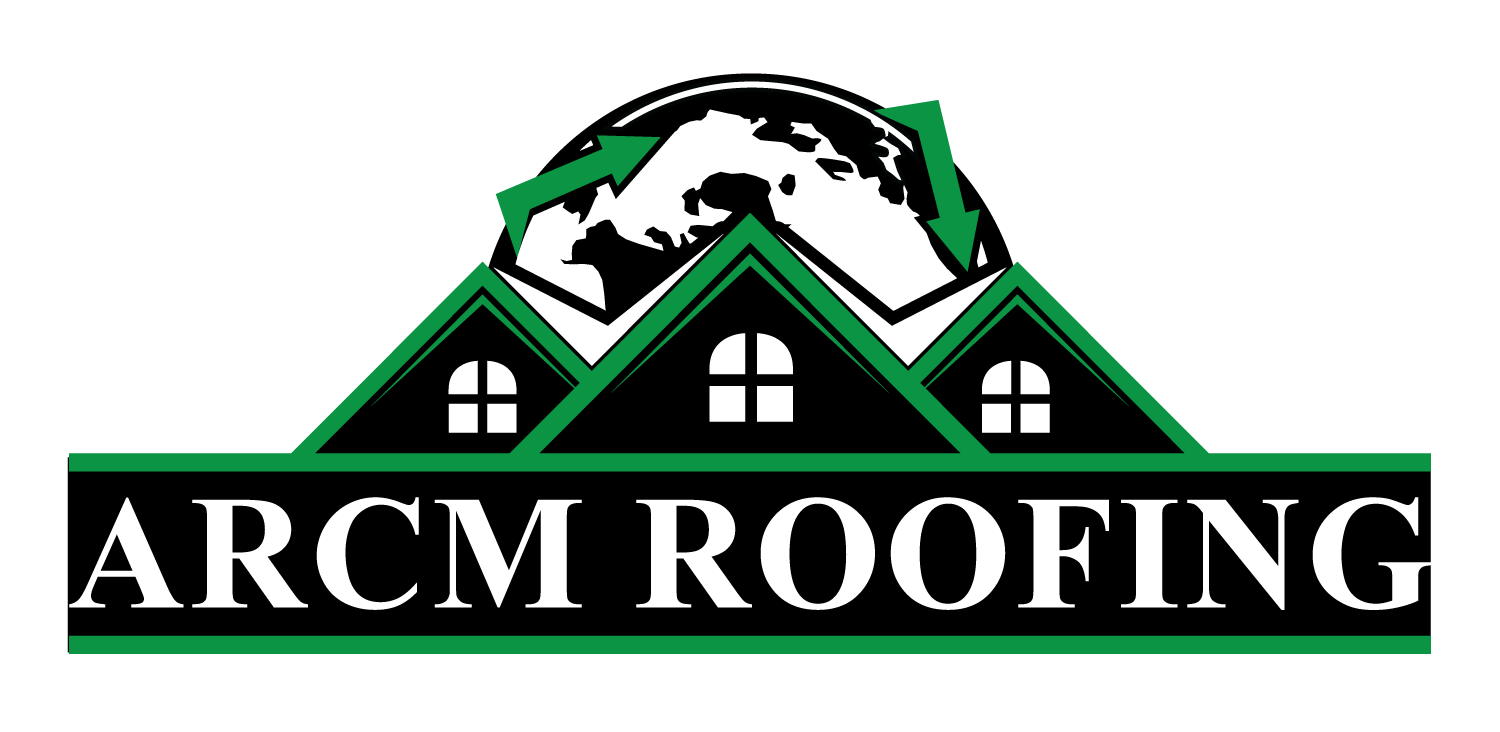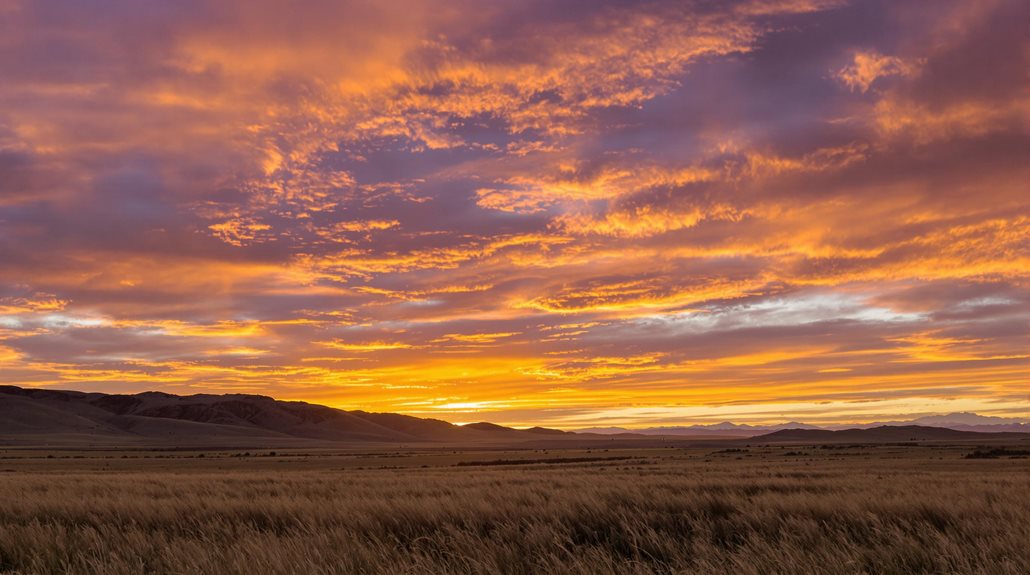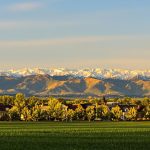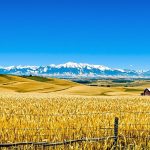Deer Trail, Colorado, is most prominently recognized for hosting one of the first organized rodeos in the United States. On July 4, 1869, the town held the Bronco Busting Contest, which marked an early milestone in rodeo history. Deer Trail's location facilitated significant historical and cultural contributions, shaping its identity around the origins of rodeo competitions. For a deeper understanding of its historical and cultural significance, exploring the community's heritage is well worth continuing investigation.
Expert Highlights
- Historical Significance: Deer Trail hosts the first documented "Bronco Bustin' Contest" in 1869, marking it a rodeo pioneer.
- Rural Attractions: Features rural landscapes and the Deer Trail Pioneer Historical Museum.
- Community Events: Holds events fostering local engagement and tradition.
- Economic Challenges: Faced impact from the Great Depression and recent job market declines.
- Geographic Location: Strategically situated near Denver, influencing economic opportunities.
History and Origins
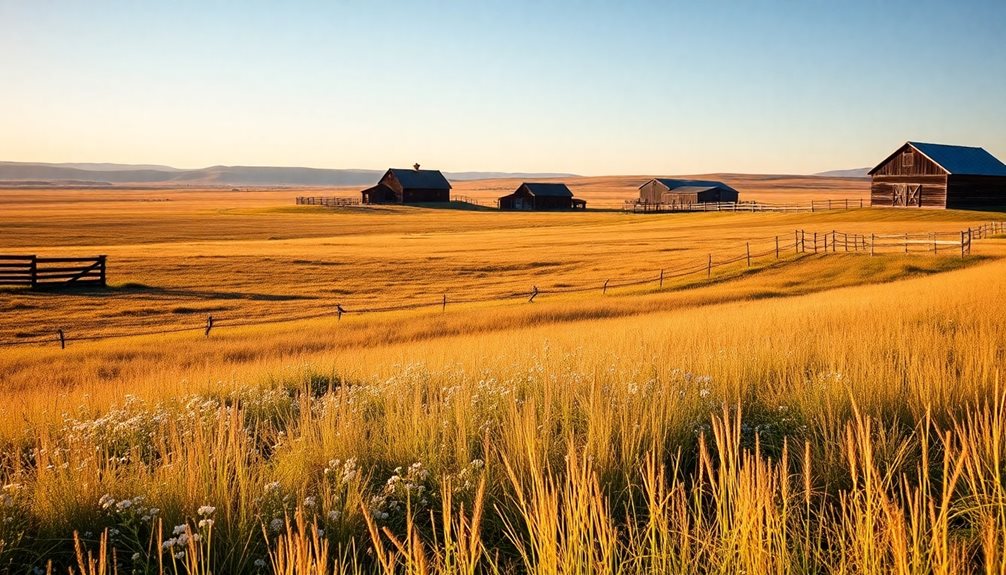
Deer Trail, Colorado, has a rich history that dates back to the late 19th century, when the town hosted the first-ever rodeo on July 4, 1869, an event that would become a significant part of its identity and legacy. This "Bronco Bustin' Contest" drew local ranchers competing for bragging rights and a prize. Much like Southglenn's hidden appeal, Deer Trail holds a special place in Colorado's cultural heritage. Incorporated in 1920, Deer Trail saw significant development through the 1920s, including infrastructure like an artesian well and numerous businesses. Its strategic location facilitated livestock and grain shipping, fostering growth until the Great Depression impacted its economy.
Economic and Social Development
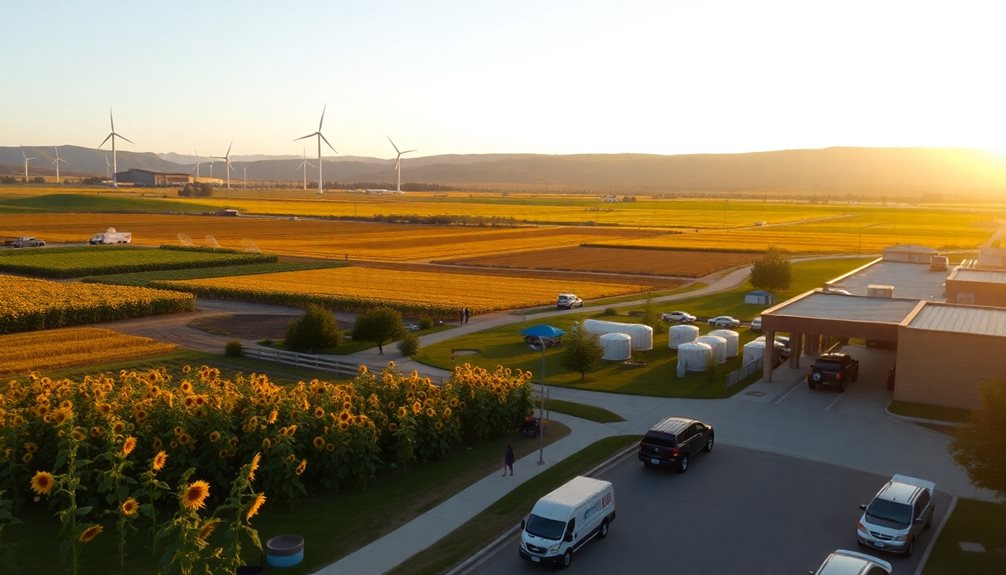
Building on its historical foundation, the economic and social development of towns like Deer Trail, Colorado, hinges on their unique blend of historical events and modern-day challenges.
Deer Trail faces a complex economic landscape, with recent job market declines and projected growth.
Deer Trail navigates economic ups and downs, balancing job market setbacks with promising growth projections.
- Historical events like the first rodeo shape the town's cultural identity.
- Geographic location near Denver influences economic opportunities.
- Recent job market decrease affects local stability.
- Future job growth is projected to be high at 43.5%.
- Community participation programs aim to foster development.
Like its neighbor Longmont's local wonders, the town seeks to highlight its distinctive character to attract visitors and business growth.
Challenges and Resilience
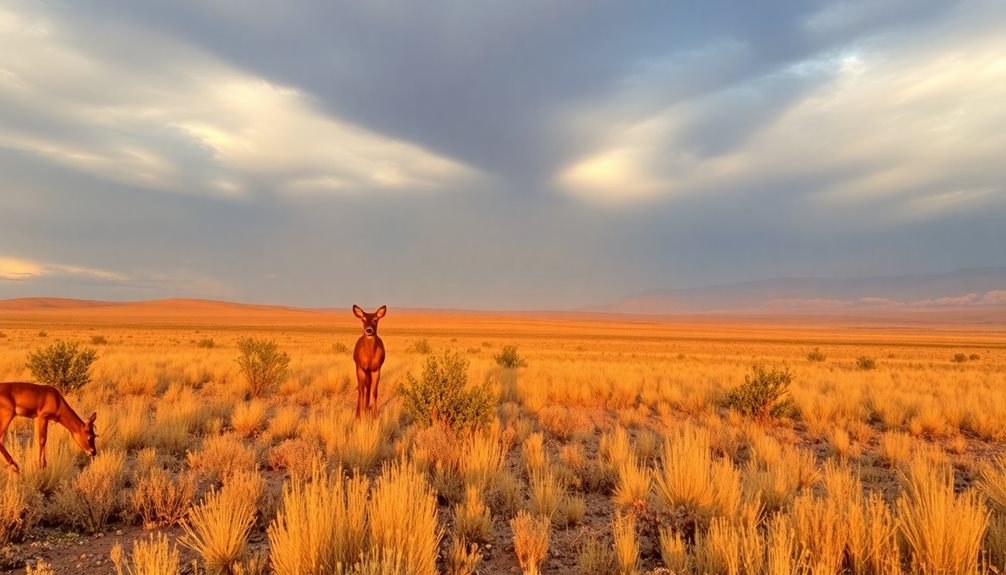
As Colorado continues to address environmental and economic challenges, towns like those along the Front Range, including areas near Deer Trail, face unique obstacles that test their resilience.
Deer Trail must navigate rural revitalization efforts amidst broader state concerns for infrastructure sustainability, as exemplified by CDOT's resilience plans. Increased community involvement, such as the Colorado Rural Revitalization Project, can enhance local capacity to handle change.
Building resilience requires integrating environmental, social, and economic strategies to guarantee sustainable development and adaptability in these rural settings.
Modern Day Attractions and Community**
Towns like Deer Trail, with their rural landscapes and historical charm, offer a distinct appeal that complements the broader cultural and recreational experiences available in Colorado.
Modern attractions and community engagement are key aspects of Deer Trail's contemporary character.
Some of these attractions include:
- Great Escape Mustang Sanctuary: A haven for wild mustangs and burros.
- Richmil Ranch Open Space: Offers nature and wildlife exploration.
- Deer Trail Pioneer Historical Museum: Exhibits local history and artifacts.
- High Plains Diner: Provides local dining experiences.
- High Plains Raceway: Hosts motorsport events.
Expert Final Thoughts
Deer Trail, Colorado, is a unique town recognized for hosting the first rodeo in the U.S. on July 4, 1869. The area developed economically as a shipping point for livestock and agricultural goods in the late 19th and early 20th centuries. Challenges such as the 1965 flood and economic shifts impacted its growth. Today, Deer Trail continues to attract visitors with its annual rodeo, offering a glimpse into its historical cowboy culture.
